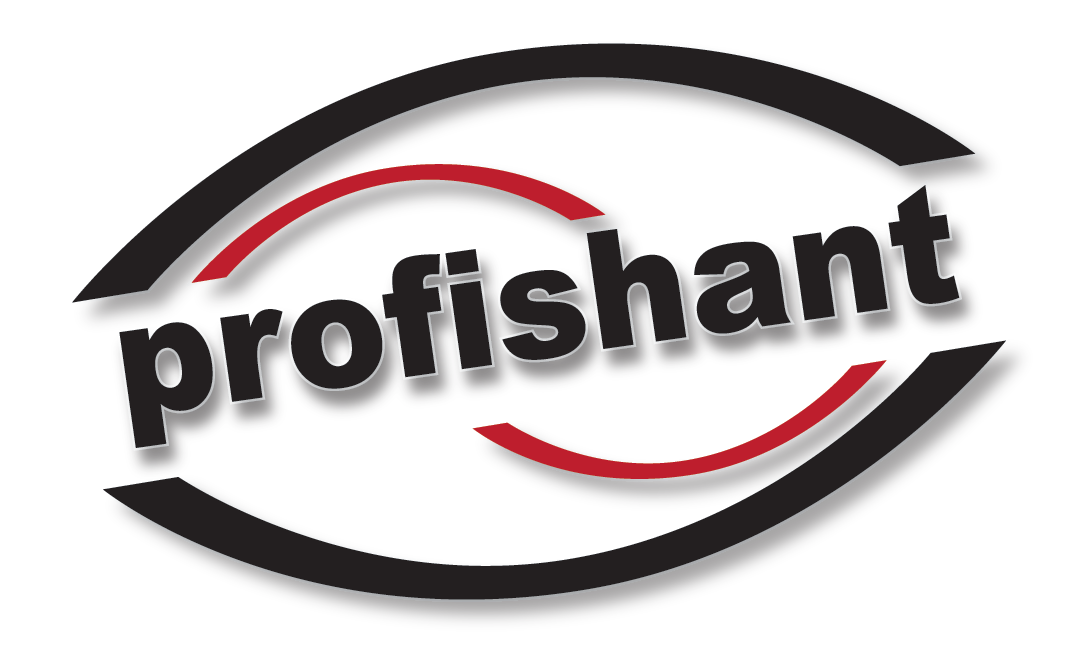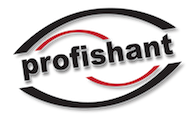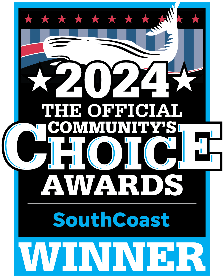Documentation
Do you have the right document control system?
What is a document?
In U.S. food safety systems, we often interpret the word “document” to mean record. However the scope is much broader than simply records used to monitor your products and/or facility. The term documents as it relates to Global Food Safety Standards includes monitoring records, policies and procedures, work instructions as well as trending information, continual improvement reports, training certificates and meeting minutes.
How do you ensure that you and your staff are using the most recent documents? Typically, we like to implement the use of version numbers. Beginning with 001 and sequentially increasing the version number when revisions, improvements or changes are made to any of the documents will eliminate confusion with regard to which document is the right one.
How do you capture this information?
We recommend creating a header for each document. General information that should be available within the header are:
- Your firm’s name and address
- The document name
- Who approved the document (a senior member of the firm should be assigned this task. They should have a clear understanding of what is actually being approved)
- What clause the document relates to, for instance if it is a global standard, the specific clause i.e. BRC 1.1. which is titled “senior management commitment”
- The version number
- A document register number which is a list of all documents within your system
- An original creation date
- A revision date once changes have occurred
- A company logo may be included
Document register: A document register is utilized to capture current information. It’s a quick access tool for cross referencing your documents that guarantees that you are in fact using up-to-date versions. We generate an Excel spreadsheet to capture this information. Here’s some information you should incorporate when creating your document register:
- Register number; each document must have its own unique identification number
- Document number; this refers to the specific clause the document is associated with
- Document name
- The current version number of the document
- The original creation date
- Any revision date
- The nature of any change made to the document such as an organizational management name change
- Who approved the change
- Review date; every document should be reviewed at least annually by competent staff
Benefits of utilizing a document control system:
Controlling your documents is an integral element of your food safety system. It provides the ability to quickly access information relevant to customers, regulators and auditors. With an effective document control system, you will be able to demonstrate your firm’s commitment to keep abreast of the latest requirements or regulations. Implementing this approach will aide in traceability or mock recall exercises and will expedite information gathering in the event of an actual product recall.

Article Written By:
David Donnelly
CFO
profishant, inc.




